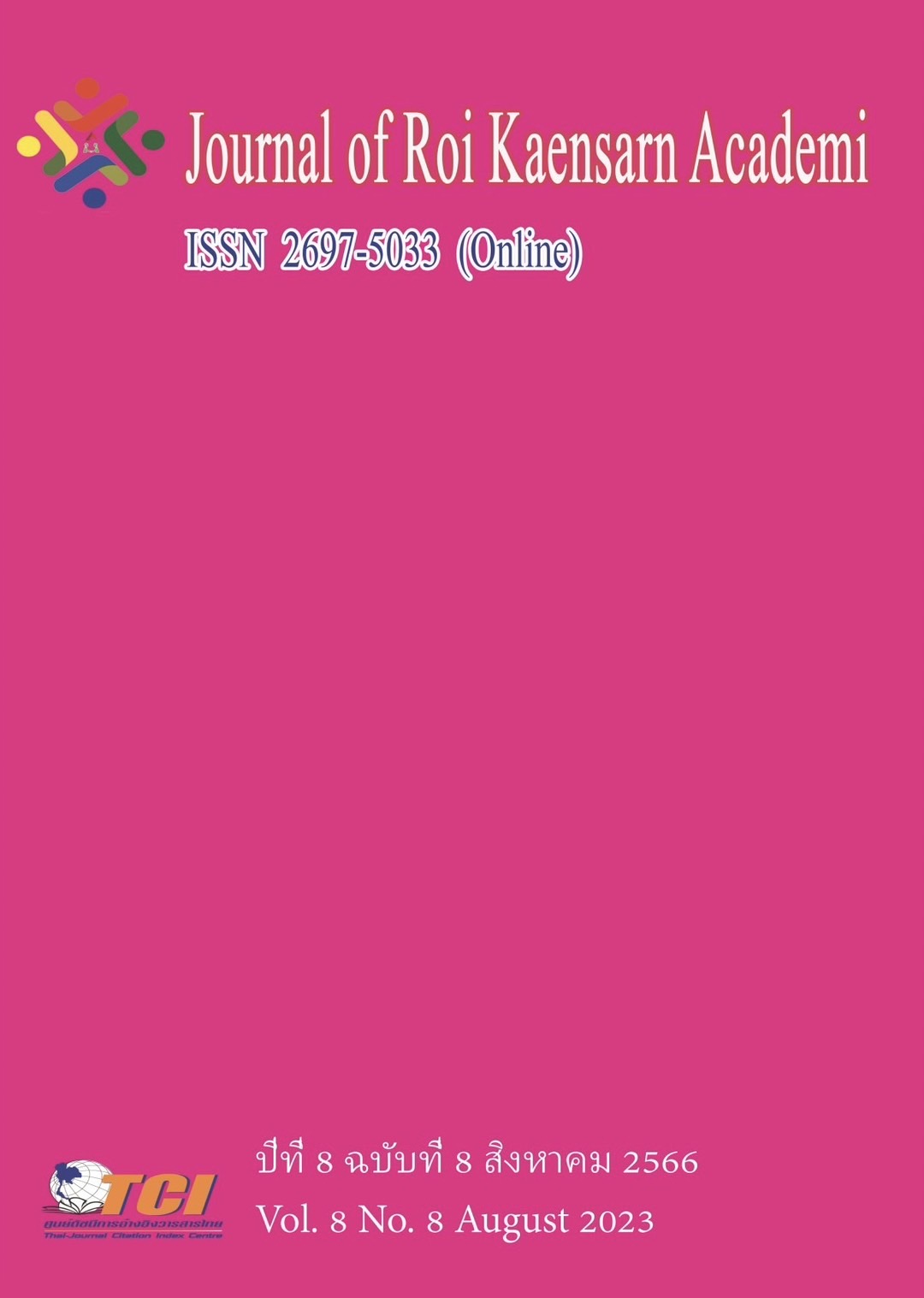Teaching Quality Management of Private Children`S Fine Arts Education Institutions in Heilongjiang Province
Main Article Content
บทคัดย่อ
The significance of this study is to find the advantages, characteristics and shortcomings of private art education and training institutions, and put forward suggestions for improvement, so as to provide a relatively clear development route for the development of children's art education and a more reasonable implementation path for entrepreneurs in the direction of art education. The objective of this research were: (1) to explore the factors influencing the methods to improve the teaching administration quality of children's fine arts education institutions in Heilongjiang Province;(2) to formulate guidelines of the methods to improve the teaching administration quality of children's fine arts education institutions in Heilongjiang Province.
This research adopted the method of combining qualitative research and quantitative research. The total population was composed of 667 full-time teachers and teaching administrators from 25 children's art education institutions in Heilongjiang Province. According to the sample scale developed by Krejie and Morgan (1970), the sample size was 248 full-time teachers and teaching administrators in children's art education institutions in Heilongjiang Province. The sample was obtained by stratified random sampling method. Data collection tools include semi-structured interviews, questionnaires and discussion notes from focus groups. The data were mainly analyzed with descriptive statistics and Exploratory Factor Analysis.
The main results were revealed as follows: (1) the main factors affecting the methods of improving the teaching management quality of early childhood art education institutions in Heilongjiang Province included five aspects: allocation of children's art education resources; rationality of children's art education management; teaching quality of teachers in children's art education institutions; creativity in children's art education; development and innovation of children's art education institutions.(2)and the methods of improving the quality of teaching management for children's art education institutions were formulated as follows: ensuring the reasonable allocation of educational resources and equip with corresponding teaching facilities and resources; management of early childhood art education, establishing a scientific education management system, and paying attention to heuristic teaching; teachers of early childhood art education institutions cultivate students' comprehensive artistic quality to meet their individual needs; cultivating children's aesthetic ability and creativity in early childhood art education; developing and innovating children's art education institutions.
It was concluded that the main factors affecting the methods of improving the teaching management quality of early childhood art education institutions in Heilongjiang Province included five aspects: allocation of children's art education resources; rationality of children's art education management; teaching quality of teachers in children's art education institutions; creativity in children's art education; development and innovation of children's art education institutions.(2)and the methods of improving the quality of teaching management for children's art education institutions were formulated
Article Details
เอกสารอ้างอิง
Chongyang, S. (2016, 8). Thoughts on the development of Out-of-school children's art education. Beauty and Times, pp. 107-108.
Jihui, F. (2019, 8 19). The Difference between Art Training and Education. China Art Journal, p. 016.
Kefei, H. (2016, 1 14). Investigation on the Status quo of Teachers in Art Training Institutions. China Culture Daily, p. 007.
Ting, Z. (2019). Children's art Education should pay attention to the development of creativity. Evaluation of fine arts, pp. 132-133.
Ting, Z. (2020). On how to optimize the allocation of children's art education resources. Art and Design, pp. 26-27.
Xian, W. (2020, 3). Research on effective ways to cultivate imagination based on children's art education. Research of Fine Arts Education, pp. 130-131.

